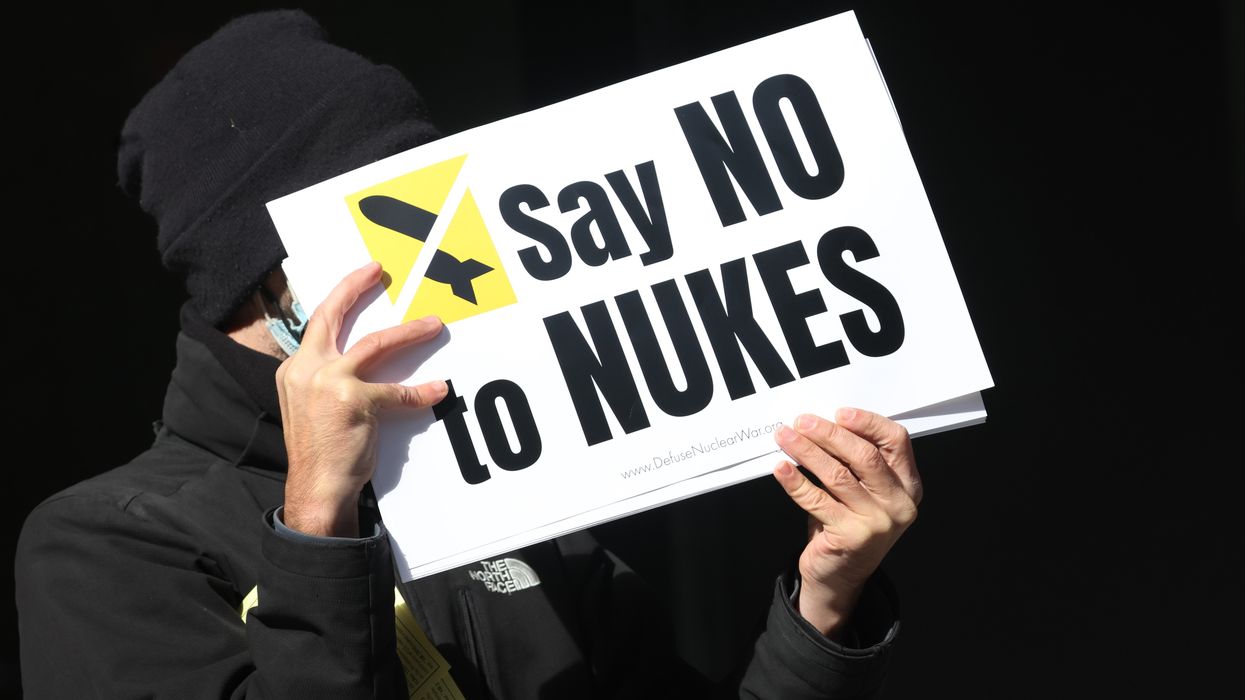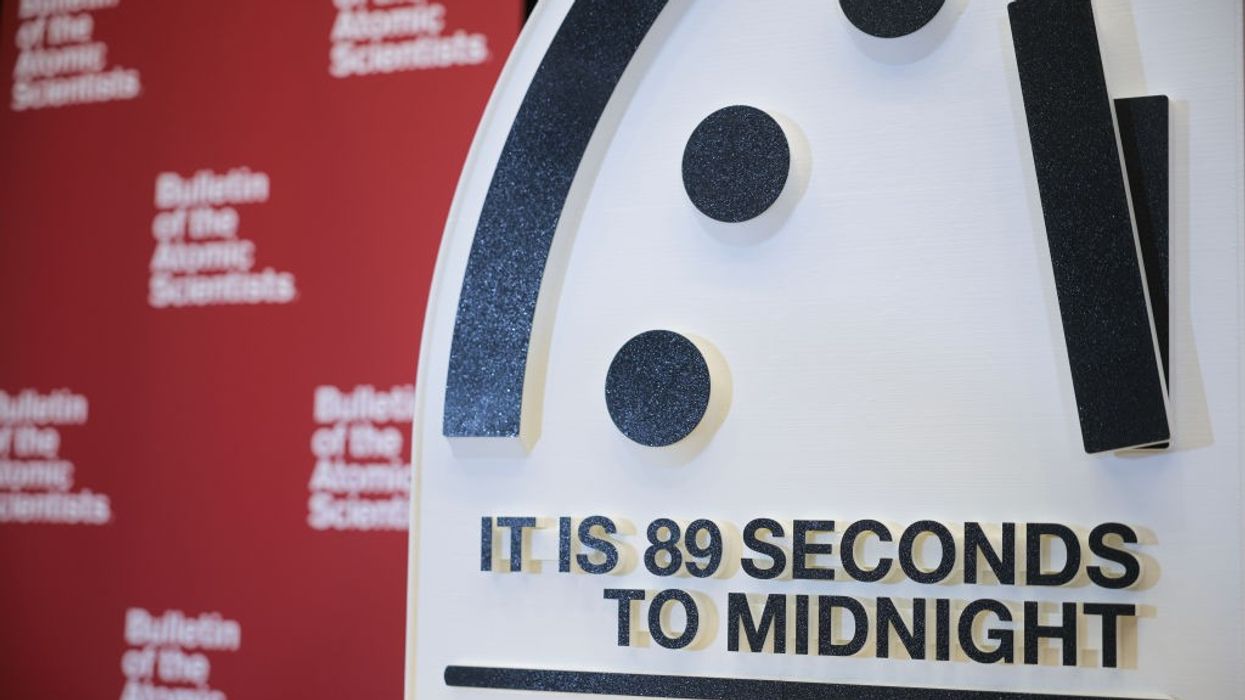Defining Our Role in the Wake of the International Day of Peace
At this challenging time, 80 years since the founding of the United Nations and the bombings of Hiroshima and Nagasaki in a world torn apart by war, there is hope for a just, environmentally sustainable, and peaceful world.
With two significant interconnected anniversaries occurring this week, Sunday marked the 44th anniversary of the United Nations International Day of Peace. This year‘s theme, “Act Now for a Peaceful World,“ is a call to action, identifying individual responsibility and collective power in “cultivating a culture of peace.“
Noting that this year finds a time of global turbulence, tumult, and uncertainty, it is easy to find oneself despairing. Surrendering to this challenge fuels despair. Hope is realized in identifying our individual response and working together to realize collective power. We must discard outmoded “us and them” thinking, realizing that we are one interconnected human family on this fragile planet that will either learn to live together or perish together.
Everyone has a role to play, and each of us must decide what that role is. It is not necessarily a large role or a small role, it is our role. We can no longer assume that “they will take care of it.” They, are us! We must speak up against violence, hate, discrimination, and inequality. We must practice respect and embrace the diversity of our world. The International Day of Peace builds on the Sustainable Development Goals of the United Nations. The theme aligns with the broader UN goals of sustainable development, recognizing that a peaceful world is intrinsically linked to social justice, equality, and environmental sustainability.
This week also marks the 11th anniversary of the “UN International Day for the Total Elimination of Nuclear Weapons” on September 26. With current global nuclear arsenals numbering 12,241 weapons, there is no humanitarian, social, or environmental justice and no sustainability as long as these weapons exist. Everything and everyone we care about is threatened. We must recognize the social and economic costs of the continued existence of these weapons. The United States is spending over $110 billion on all nuclear weapons programs in FY 2025 equating to over $209,000 every minute of every day on these weapons with plans for massive expansion of these expenditures in the years to come under the misguided myths of deterrence and “more is better.“
Ultimately there cannot be peace with the planet until there is peace on the planet.
Fortunately, there is hope in the effort to eliminate these weapons both here at home and around the world. The International Campaign to Abolish Nuclear Weapons was instrumental in the development and adoption of the International Treaty on the Prohibition of Nuclear Weapons, which makes nuclear weapons illegal to have, develop, transfer, use, or threaten to use under international treaty, just as all other weapons of mass destruction are.
At a time when our world is closer to nuclear war than at any time since the bombings of Hiroshima and Nagasaki, 89 seconds till “Doomsday” per the Bulletin of Atomic Scientists, there is a growing movement here in the United States to eliminate these weapons. It is called Back From the Brink. This movement that supports the international effort is bringing communities together to abolish nuclear weapons and making the connection between our future and sustainability goals. Currently there are 502 national organizations, 78 municipalities and counties, eight state legislative bodies, 487 municipal and state officials, and 51 members of Congress endorsing. The people‘s voice is rising and being heard and is the best way to affect federal policy. When the people speak, the leaders will follow. This movement can be endorsed by all, and everyone is encouraged to take the simple action of reaching out to your elected officials, both in the US House, Senate, and local officials to endorse this campaign.
So at this challenging time, 80 years since the founding of the United Nations and the bombings of Hiroshima and Nagasaki in a world torn apart by war, there is hope for a just, environmentally sustainable, and peaceful world. Ultimately there cannot be peace with the planet until there is peace on the planet. The choice is ours. It is in our hands on this week of the International Day of Peace.


